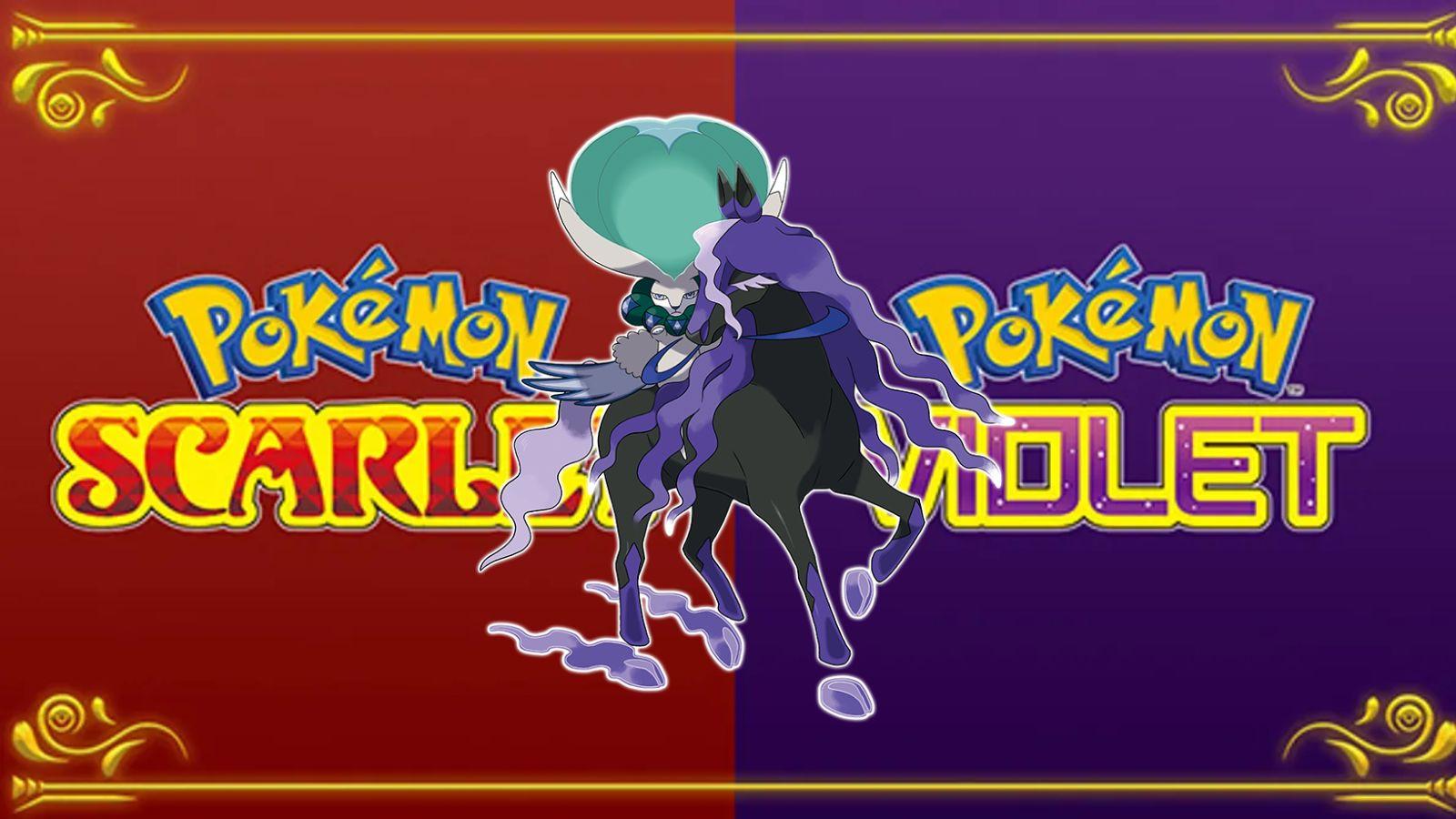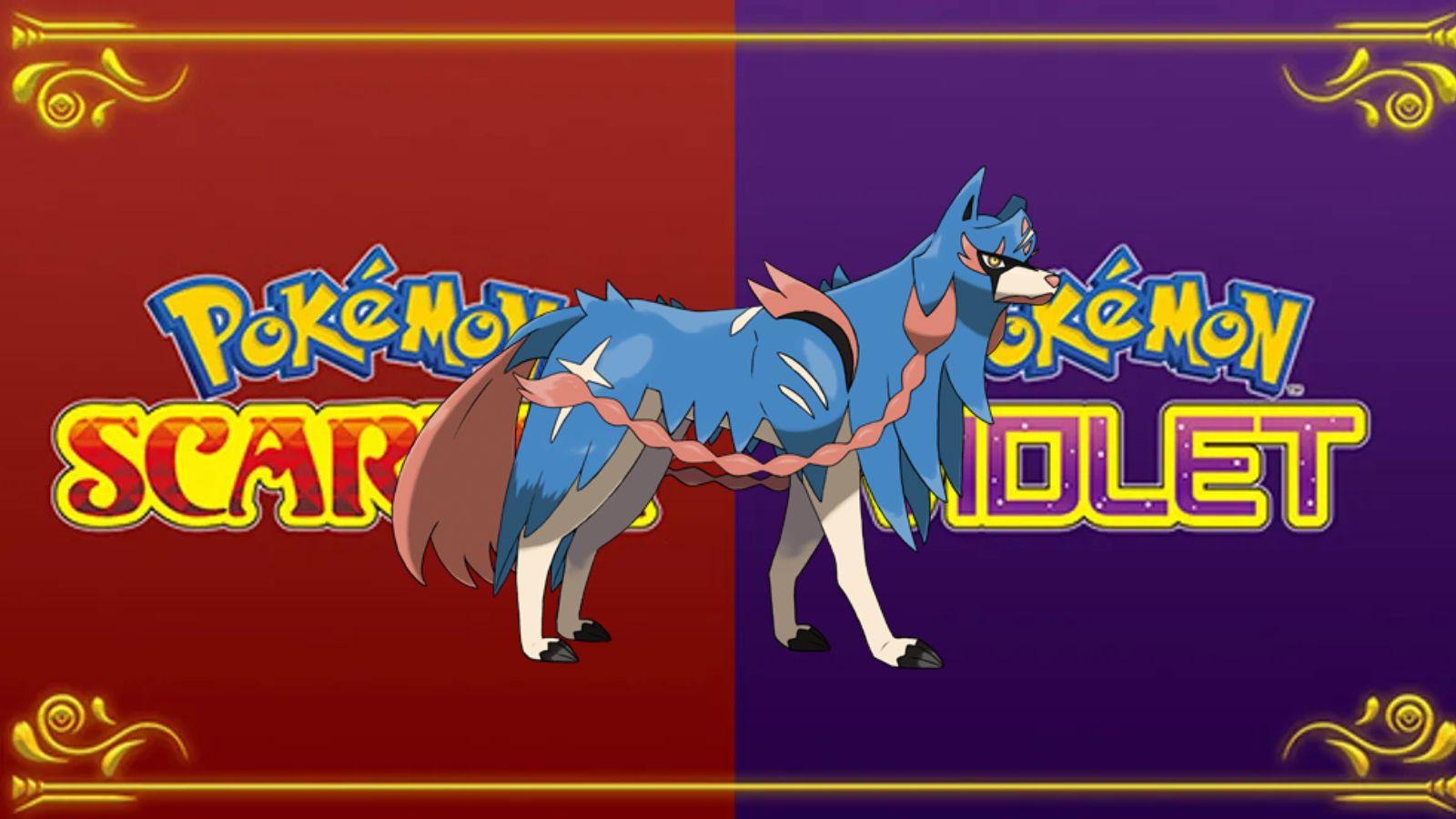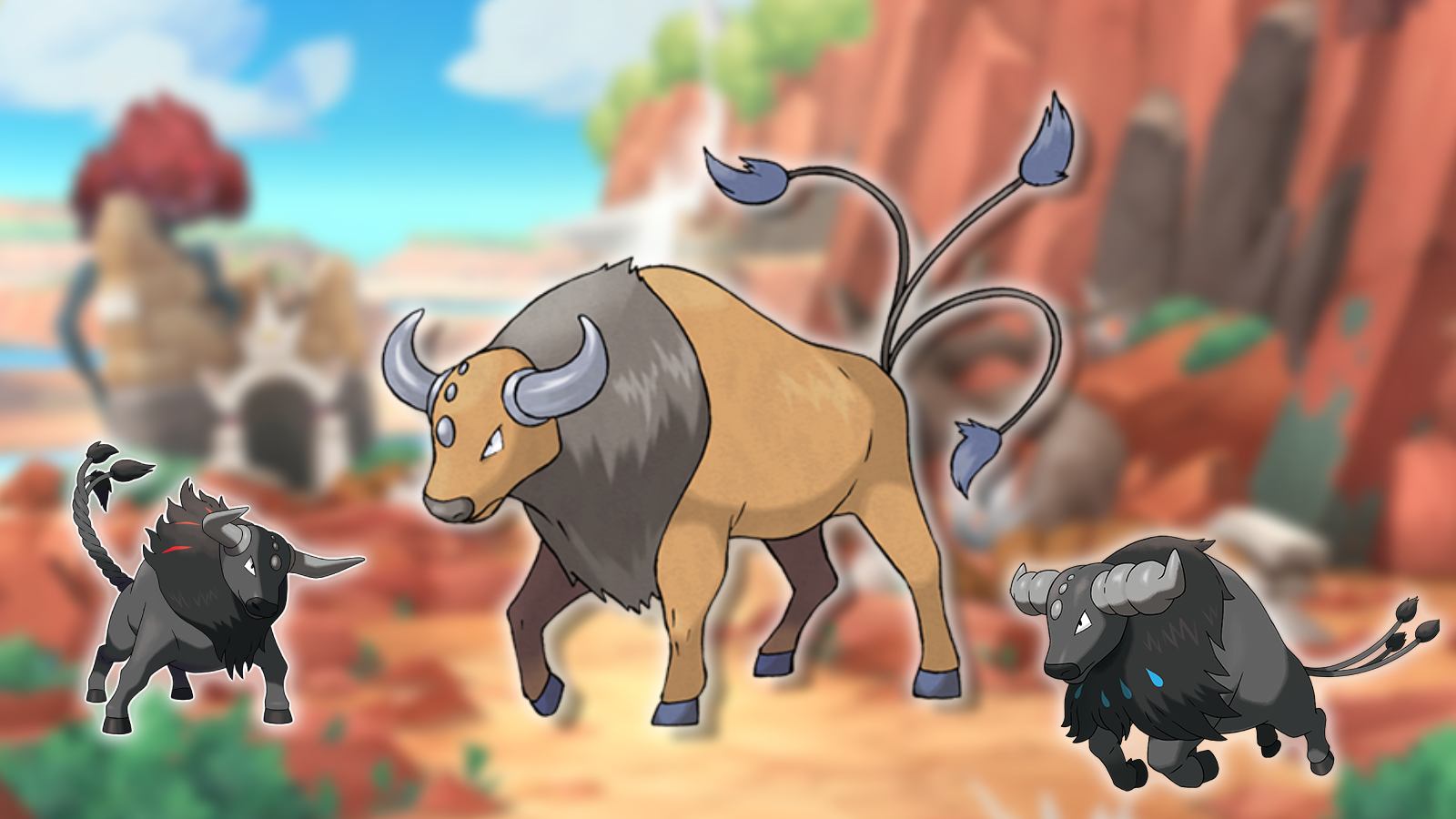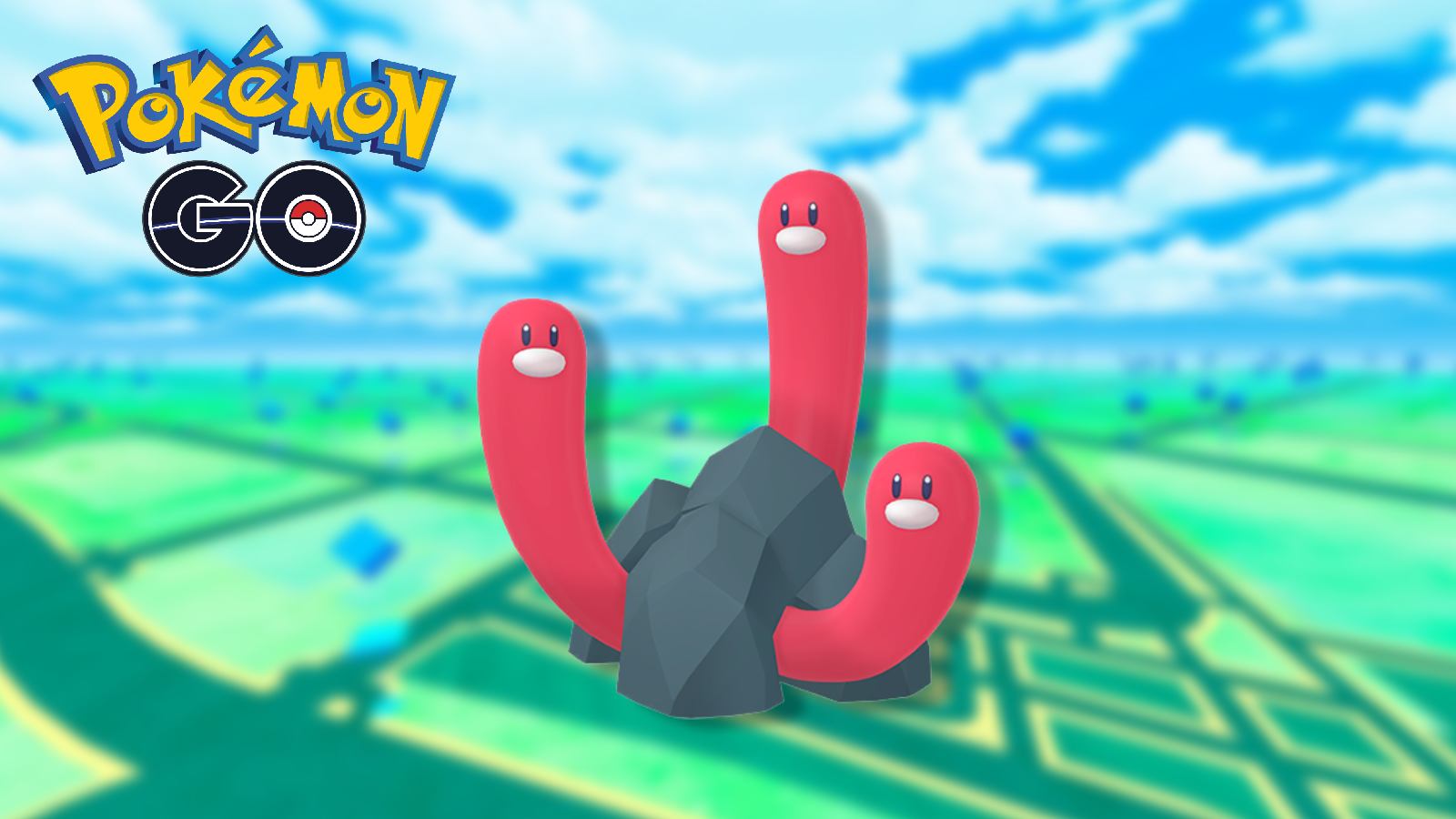Pokemon Go: When you should catch each Pokemon based on CP
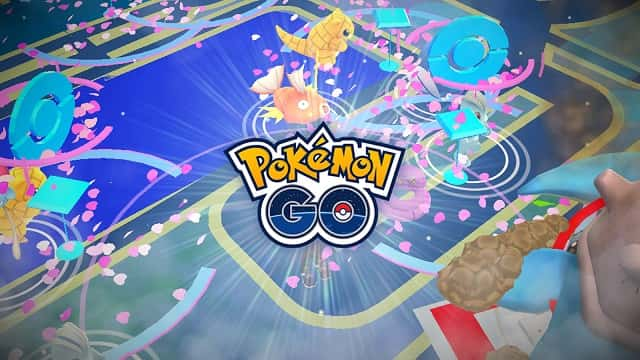
It isn’t hard to find Pokemon to catch Pokemon Go. The question is which ones should you bother catching because unlike the slogan says, you can’t catch ’em all.
Whether you’re turning on Pokemon Go for the first time or have reached the elusive Level 40 ranking, Pokemon aren’t difficult to find. In fact, they generally appear in the wild in abundance.
Not worth catching
At first you’ll want to get your hands on any you can. That changes pretty quickly, though. After a while, you’ll become more selective with the Pokemon you catch. After all, you’ll have caught them before and probably have enough Candies to not worry about their evolutions.
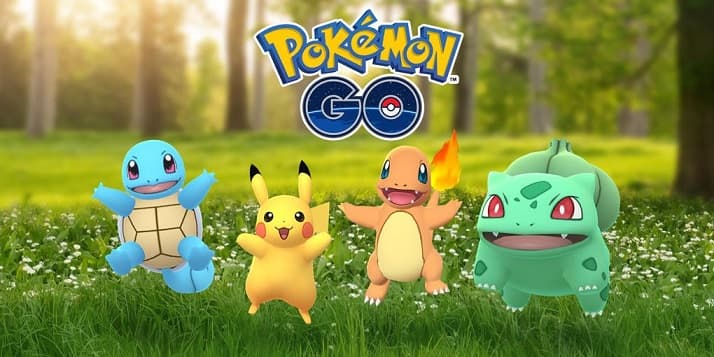 @PokemonGoApp
@PokemonGoApp[ad name=”article1″]
There will come a point where catching anything other than the very best of a particular species isn’t worth your time. Besides, you’d just click the transfer button anyway.
So, with that being said, when is it worth you catching some of the more common Pokemon – such as of Pidgey, Nidoran and even the likes Squirtle?
It all comes down to CP
CP (or combat points) is an aggregated statistic that gives you a rough idea of how strong a particular Pokemon is. It is based on its level and base stats (or otherwise referred to as IVs). For a more comprehensive guide on how combat points work, you can read our guide which details the differences between CP and IV.
[ad name=”article2″]
While CP is the best, and well, only method, to determine whether its worth catching a Pokemon, there is more to it than catch species over “X” CP. The combat points statistic varies between species.
For example, a Magikarp with 235 CP would be far more worth catching than a Charmander at 400 CP. This is because Magikarp’s CP is suppressed due to its poor base stats but would get a massive CP boost when it evolves into Gyarados.
A more extreme example would be Turtwig. You can find the Gen 4 starter in the wild at over 1,000 CP. If you fully evolved it into Gortle and then Torterra it would reach an estimated 2,570 CP. In comparison our 235 CP Magikarp would evolve into an approximate 3,186 CP Gyarados – showing you need to know the CP range of particular species before making a decision.
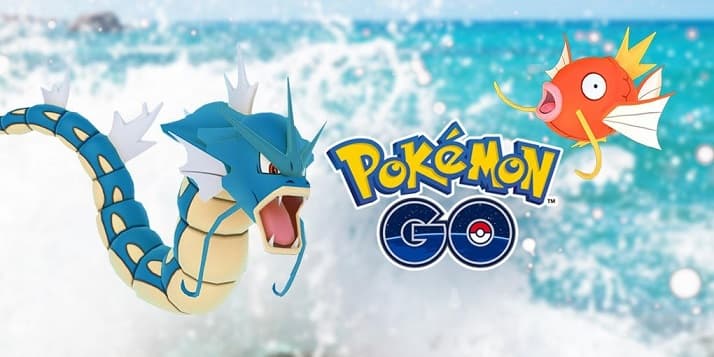 @PokemonGoApp
@PokemonGoApp[ad name=”article3″]
List of max CPs based on species
There are various websites that show you each species’ maximum CP based on each level and the CP of the Pokemon they would evolve into. We can’t list them all (there are a lot) but here are some of the more wanted and commonly seen Pokemon in the wild that are useful to note.
While, you can find Level 35 Pokemon in the wild (with weather boost) this list comprises of the maximum CP a Pokemon can be at Level 30:
- Bulbasaur: 955 CP
- Charmander: 840 CP
- Squirtle: 810 CP
- Pidgey: 583 CP
- Pikachu: 804 CP
- Nidoran Female: 699 CP
- Nidoran Male: 737 CP
- Abra: 1,150 CP
- Machop: 1,096 CP
- Gastly: 1,054 CP
- Rhyhorn: 1,415 CP
- Magikarp: 235 CP
- Eevee: 918 CP
- Chikorita: 801 CP
- Cyndaquil: 840 CP
- Totodile: 970 CP
- Swinub: 635 CP
- Larvitar: 891 CP
- Treecko: 902 CP
- Torchic: 937 CP
- Mudkip: 967 CP
- Ralts: 462 CP
- Slakoth: 859 CP
- Aron: 1,121 CP
- Feebas: 235 CP
- Bagon: 991 CP
- Beldum: 837 CP
- Turtwig: 1,037 CP
- Chimchar: 820 CP
- Piplup: 921 CP
- Gible: 954 CP
- Riolu: 851 CP
- Snivy: 728 CP
- Tepig: 928 CP
- Oshawott: 896 CP
- Minccino: 748 CP
- Deino: 910 CP
You won’t be able to learn these CPs exactly but they’ll at least give you a rough idea on your limits for each Pokemon next time you encounter them. Refer back to this page if you’re unsure when out in the Pokemon Go wild!
